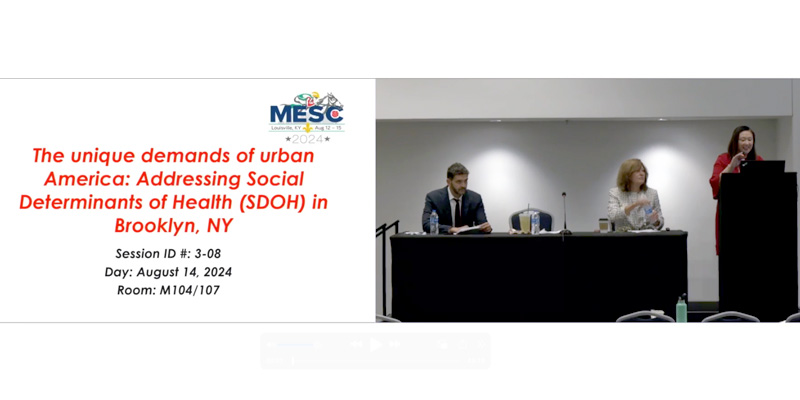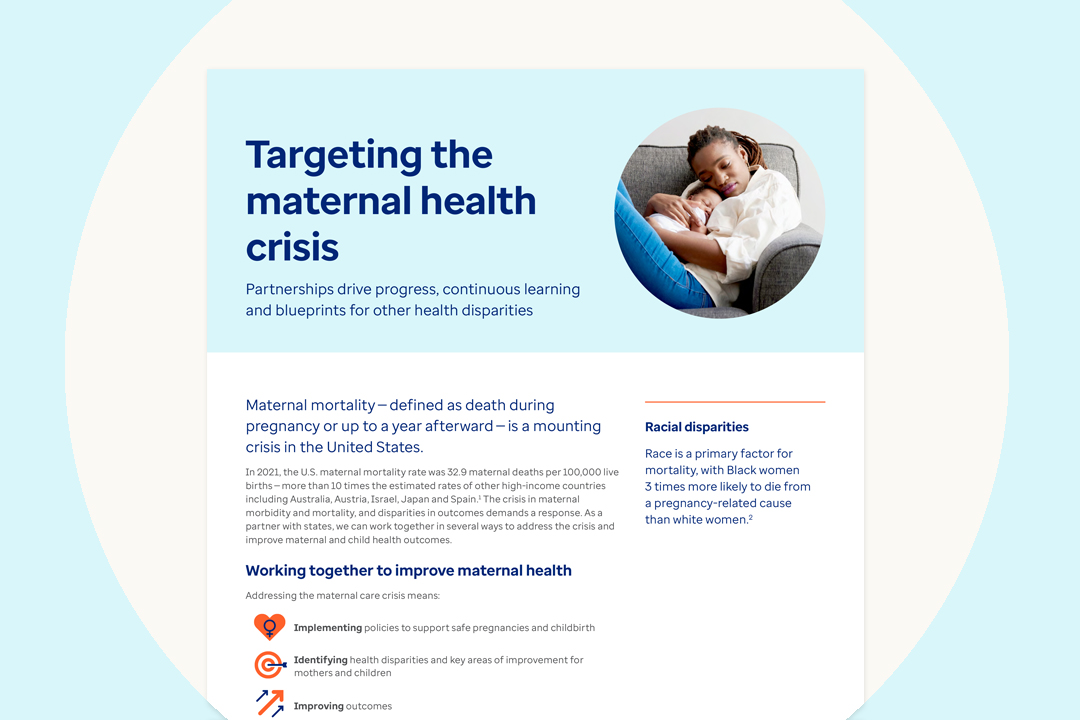Addressing social determinants of health in Brooklyn, NY
“Brooklyn is like shifting sands — culturally, ethnically, demographically, economically,” says Delphine Mendez de Leon, chief strategy officer, University Hospital at Downstate. “It’s an amazing place and the fifth-largest city in the country. So we have a challenge, and our challenge and mission is health equity.”
In this session at the 2024 Medicaid Enterprise Systems Community (MESC) national conference, Mendez de Leon was joined by Mylynn Tufte, former population health practice lead at Optum; and Mohamed (Rami) Nakeshbandi, chief medical officer for the University Hospitals at Downstate (UHD). They discussed unique demands in addressing social determinants of health (SDOH) in Brooklyn and the partnership between UHD and Community of Care Brooklyn (CCB) to improve health in the borough.





![Entity Uses HealthFocus to Streamline Services [Case Study]](/content/dam/o4-dam/images/professionals/state-government/adults-listening-to-child-1080x720.jpg)
